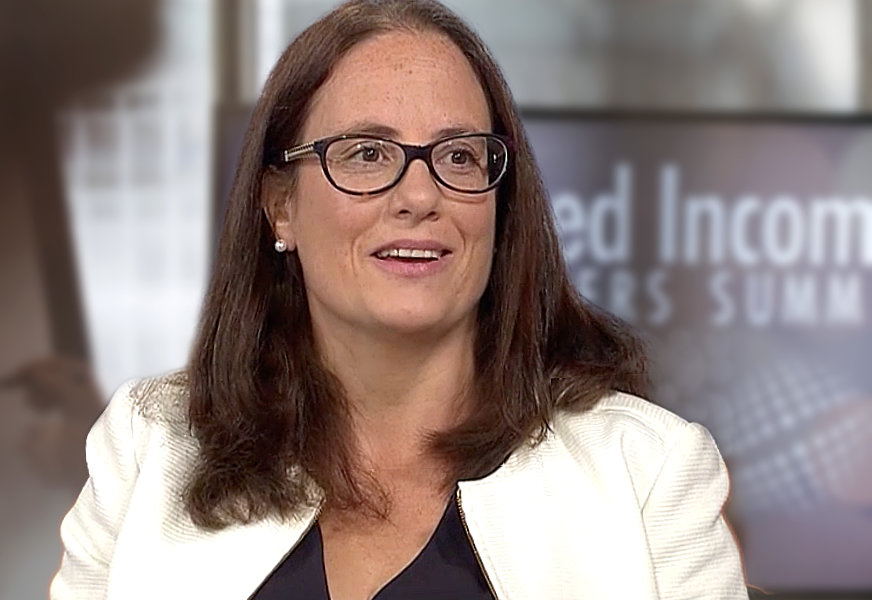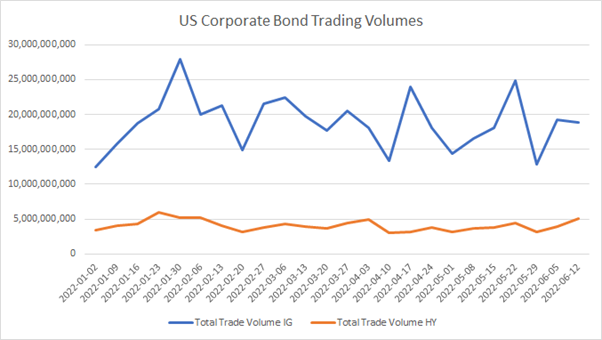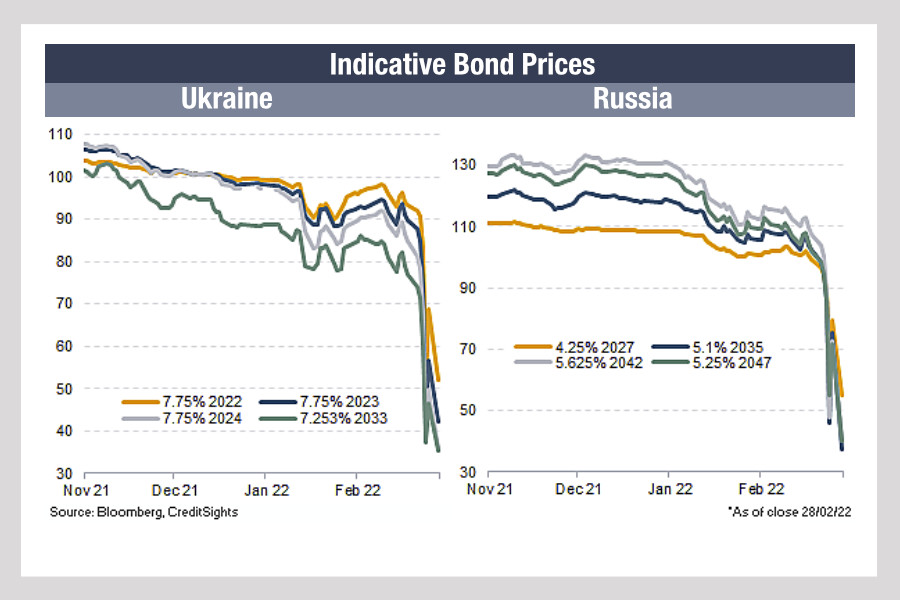Outflows in European bond funds are following a drop in the relative value of European credit, as shown in data from the IHS Markit indices business, iBoxx. Asset managers are concerned about the overflow from the war in Ukraine which is impacting energy and commodity prices, as well as impacting supply chains.
Added to this are the real risks that inflation is having upon spending patterns for customers, on top of supply costs. Looking at investment grade, issuance in Q1 reached €194 billion in Q1 2022, slightly higher than the €189 billion in Q1 2021, but offset by lower issuance in high yield (HY), which dropped to €22 billion in Q1 against €55 billion in the previous year’s first quarter.
 Source: pwc & Dealogic
Source: pwc & Dealogic
The total return level has meanwhile dropped from 246 points at the start for the year, to 227 points, according to IHS Markit data for the iBoxx EUR Investment Grade index, which tracks 5597 bonds.

Wedded to outflows in credit funds, the pressure on directional selling activity is likely to be significant. Trying to manage costs in this market will be very challenging, and while it is far from a sell-off as seen in 2020, the need to execute with certainty as a priority over price will undoubtedly be felt across some desks.
For high yield investors, the situation is potentially harder. The Index for iBoxx EUR Liquid High Yield, which tracks 667 bonds, shows it dropped from 214 points at the start of the year to 201 in mid-March and then bounced but fell back to that value on 25 April.

High yield investors facing lower issuance levels and facing a risk-off view in Europe triggered to a great part by both war and inflation may struggle to find liquidity and as price formation is harder in less liquid assets could see their ability to trade effectively made much harder by these market conditions.
Where they have access to pre-trade data sources which can support price formation, those will prove incredibly valuable, as will sell-side firms who are able to access balance sheet to trade bonds on risk – however the outlook is certainly rocky.































































































